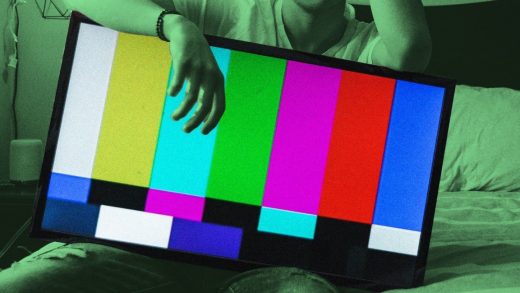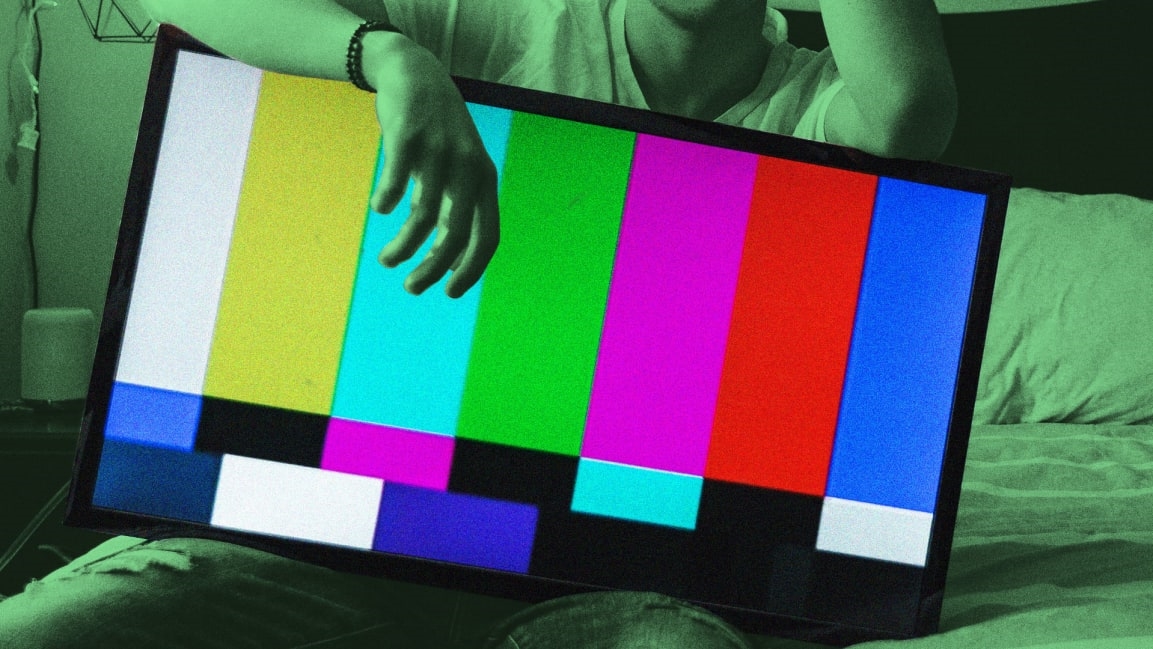The 6 dumbest cases against cord-cutting (and why they’re so wrong)
For something that exists mainly to help people save money, cord-cutting sure seems to have a lot of detractors.
By dropping cable or satellite TV for cheaper streaming services–or perhaps an over-the-air antenna–you can easily save hundreds of dollars every year. Yet we’re constantly being told by a parade of contrarian pundits that this is actually a bad idea–that the savings are illusory or that some future consequence will doom cord-cutting in the end.
Most of these arguments collapse under scrutiny, which might explain why people are ignoring the naysayers and abandoning cable and satellite TV in record numbers. Still, it’s unlikely that the lukewarm anti-cord-cutting takes will fade away anytime soon. Here, then, is your field guide to the worst of these arguments, and why you shouldn’t pay much attention to them.
“All those streaming services really add up”
Of all the arguments against cord-cutting, the most enduring is the idea that you won’t save much money after adding up the costs of Netflix, Hulu, Amazon Prime, HBO Now, and so on. This tired take seems to pop up every couple months like clockwork, usually in response to the launch of a new streaming service.
The obvious counterargument: You don’t have to subscribe to all these services! In fact, being able to choose between them is the entire point of quitting cable. Unlike with traditional TV service, streaming video providers don’t require long-term contracts or make a hassle out of cancellation, so you can easily drop a service if it’s no longer delivering enough value.
Besides, the average pay-TV bill now costs around $100 per month according to Leichtman Research Group, so there’s plenty of room to stack up streaming services and still save money. You wouldn’t believe how many times this information gets omitted by cord-cutting detractors, who instead rely on limited-time promotional pricing (and fail to factor in cable’s hidden fees, such as broadcast and local sports surcharges) to make their points.
“Streaming used to be simpler”
A corollary to the “costs add up” argument is the notion that streaming services like Netflix were better in the old days, before Disney and other major studios started hoarding their own back catalogs and creating their own streaming exclusives. Now, the naysayers claim, online video has become too “fragmented.”
While there is a kernel of truth to this argument, it also imagines a vast Netflix catalog that never quite existed. Disney films only started trickling on to Netflix in late 2016, yet they’re often held up as a prime example of Netflix’s deteriorating library. And while Netflix’s movie catalog overall has shrunk since 2010–mostly because Epix moved its films over to Hulu a few years back–its TV catalog has tripled. The offerings of Netflix, Hulu, and Amazon Prime aren’t nearly as narrow as cord-cutting naysayers imply.
As for the glut of new streaming services with their own original programming, it’s unclear why that’s a bad thing given all of it is additive, and that we have more scripted television to watch than ever. My theory: All this fretting about fragmentation comes from a fear of not being able to watch everything that might be of interest. But in every other medium, from music to books to video games, we’ve already let go of that notion. It’s about time the same thing happened to TV.
“Cord-cutting will destroy quality television”
Before we started hearing that cord-cutting would create too much television, some detractors argued that it would create too little. Be careful what you wish for with à la carte streaming, they said, because networks such as AMC were relying on a captive cable audience and guaranteed carriage fee revenue to fund prestige shows like Mad Men.
Long before the present cornucopia of award-winning original TV on services like Netflix and Hulu, the argument was easily debunked by the existence of HBO, which was churning out critically acclaimed shows like The Sopranos without being part of a basic cable bundle. HBO had to prove its own content was worth paying for directly; Netflix and its peers are employing the same model now, albeit without a bloated cable bundle attached.
“Internet providers will fleece you anyway”
Within the realm of cord-cutting naysayers, there’s a contingent that loves to proclaim that the whole concept rests on quicksand. Because you still have to rely on cable companies for internet service, those companies can easily ratchet up internet prices as TV revenue declines. Ah, they say, can you really call it “cord cutting” if you’re still tethered to Comcast or Spectrum?
Semantically, perhaps not, but this argument overlooks the fact that cable companies don’t need to drastically hike internet prices to offset TV losses. Internet service is already much more profitable than TV, which is why Comcast, Spectrum, and other providers continue to thrive in the cord-cutting era. And while it’s true that internet prices are increasing, cable TV prices are rising even faster. That’s because TV networks are constantly demanding higher carriage fees from cable and satellite providers, which in turn pass those costs onto customers. Internet service faces no such external pressure.
If there’s a legitimate concern about internet providers, it’s the enforcement of arbitrary data caps by the likes of Comcast, AT&T, and Cox. Cutting the cord does become trickier when you have to monitor your data use, but it’s still not impossible. Steaming in high definition at 5 Mbps, for instance, you’d still be able to watch about 14 hours of TV per day before hitting a 1TB data cap.
“Cord-cutting will break the internet”
One of the more bizarre arguments against cord-cutting holds that if too many people do it, our poor internet infrastructure won’t be able to keep up.
Yet despite the anti-competitive state of internet service in the United States, internet providers have managed to accommodate the rise of streaming video without incident. Average download speeds keep going up, and companies like Netflix make good use of content delivery networks and better compression algorithms to keep things running smoothly. With roughly 60% of homes now streaming, it’s safe to assume the danger of home internet brownouts has passed.
“Eventually, you’ll be worse off”
When arguments against the current state of cord-cutting fail, detractors have a habit of looking to the future. Sure, they say, you might enjoy the benefits of cord-cutting now, but the equilibrium will reestablish itself in the future, as your cable company starts building bundles out of all these new streaming services. Don’t bet against the house.
There’s nothing inherently wrong with bundling, so long as the terms are favorable. But I suspect the job of re-aggregating online video will fall to more consumer-friendly companies like Roku, Amazon, and Apple, rather than Comcast.
At the same time, we’ve been hearing the fatalist argument against cord-cutting for years now, and all the while people have been saving hundreds or even thousands of dollars per year by virtue of having more control over their TV spending. At some point, all this prognosticating about the doomed nature of cord-cutting becomes wasted energy.
Cord-cutting certainly has its downsides. Making sense of all the options can be confusing, and those options seem to be changing all the time. Meanwhile, no one’s quite figured out the ideal menu system for streaming services, which means cutting the cord involves a learning curve. There will always be a case for sticking with the simplicity of cable, regardless of the cost.
Yet I’ll never understand why so many industry observers are so quick to pooh-pooh something that is bringing tangible benefits to millions of people in the form of a wealth of content at a lower cost. Maybe it’s time to start listening to those folks’ success stories instead of putting forth the same weak arguments ad nauseam.
Sign up for Jared’s Cord Cutter Weekly newsletter for more news, tips, and insights on cutting cable or satellite TV.
(28)



